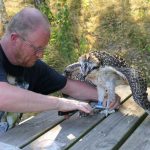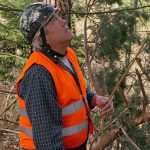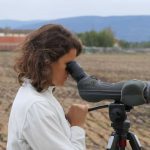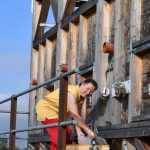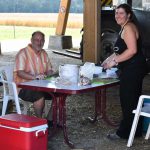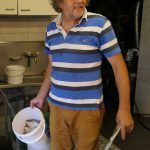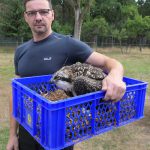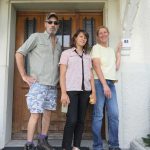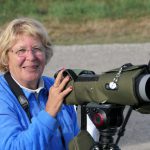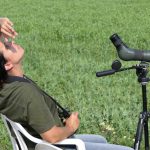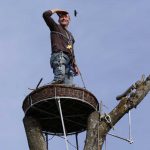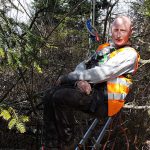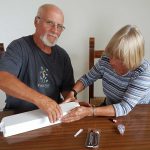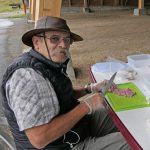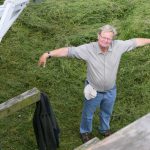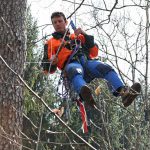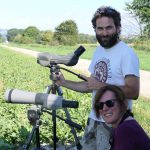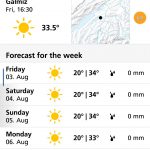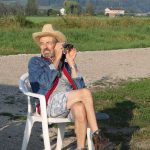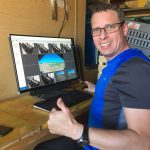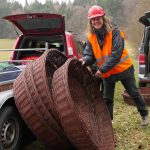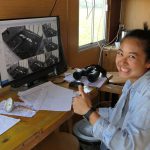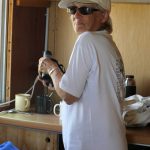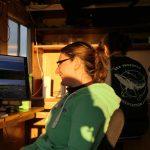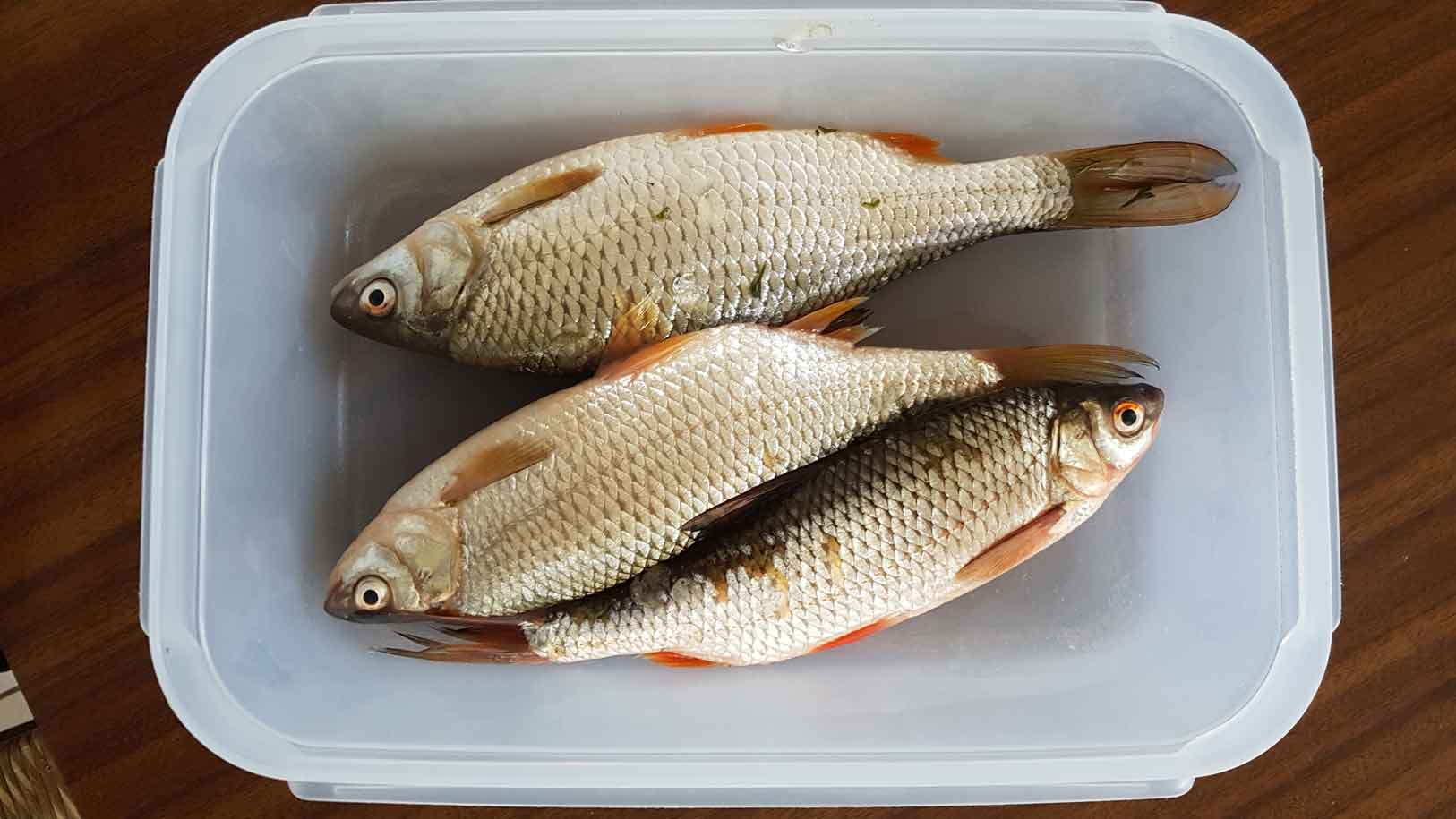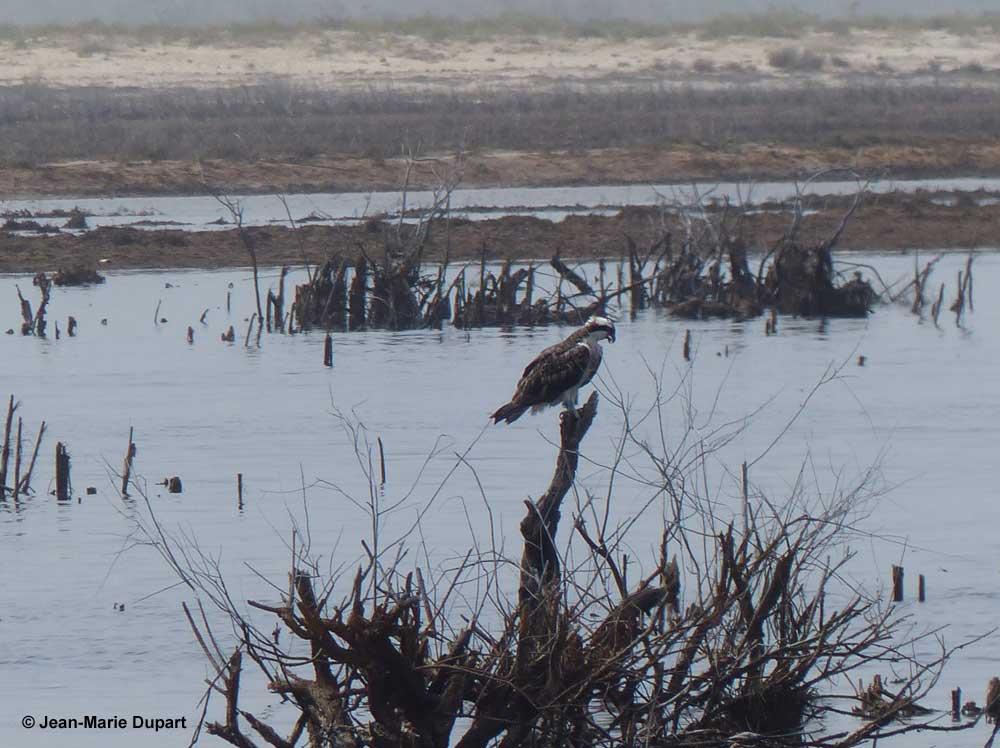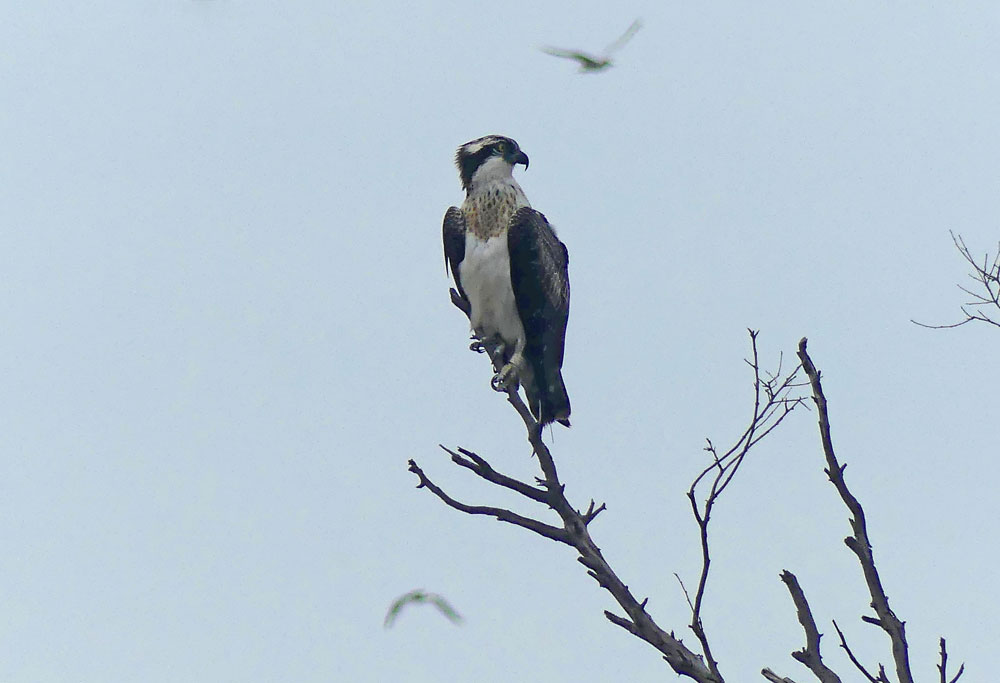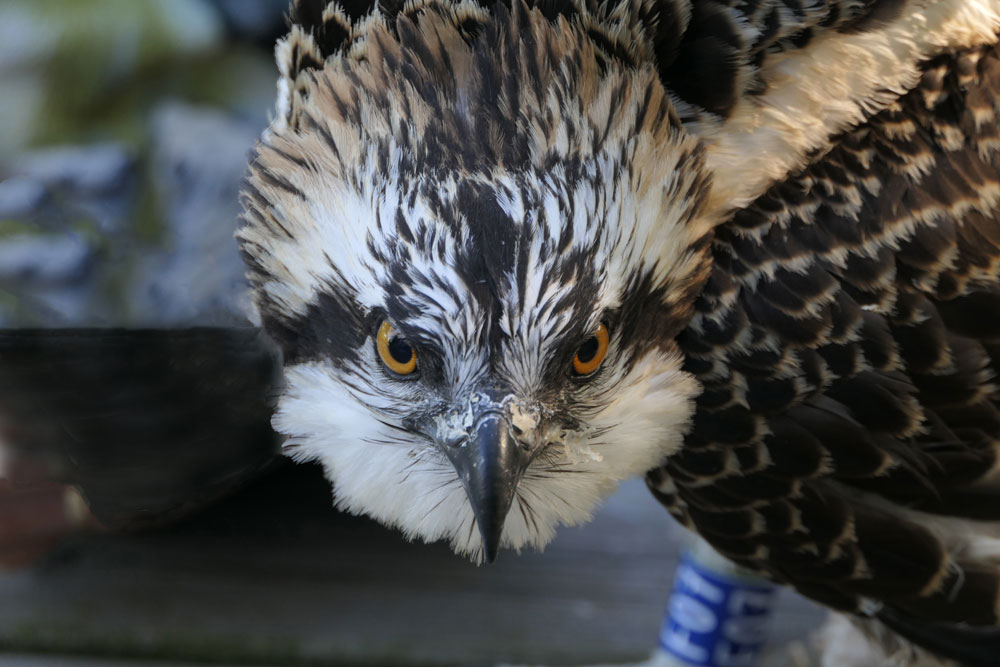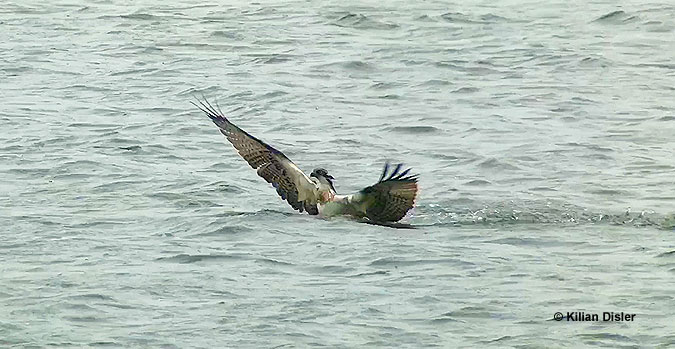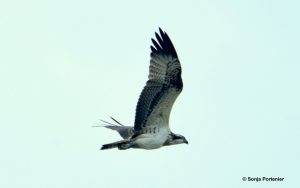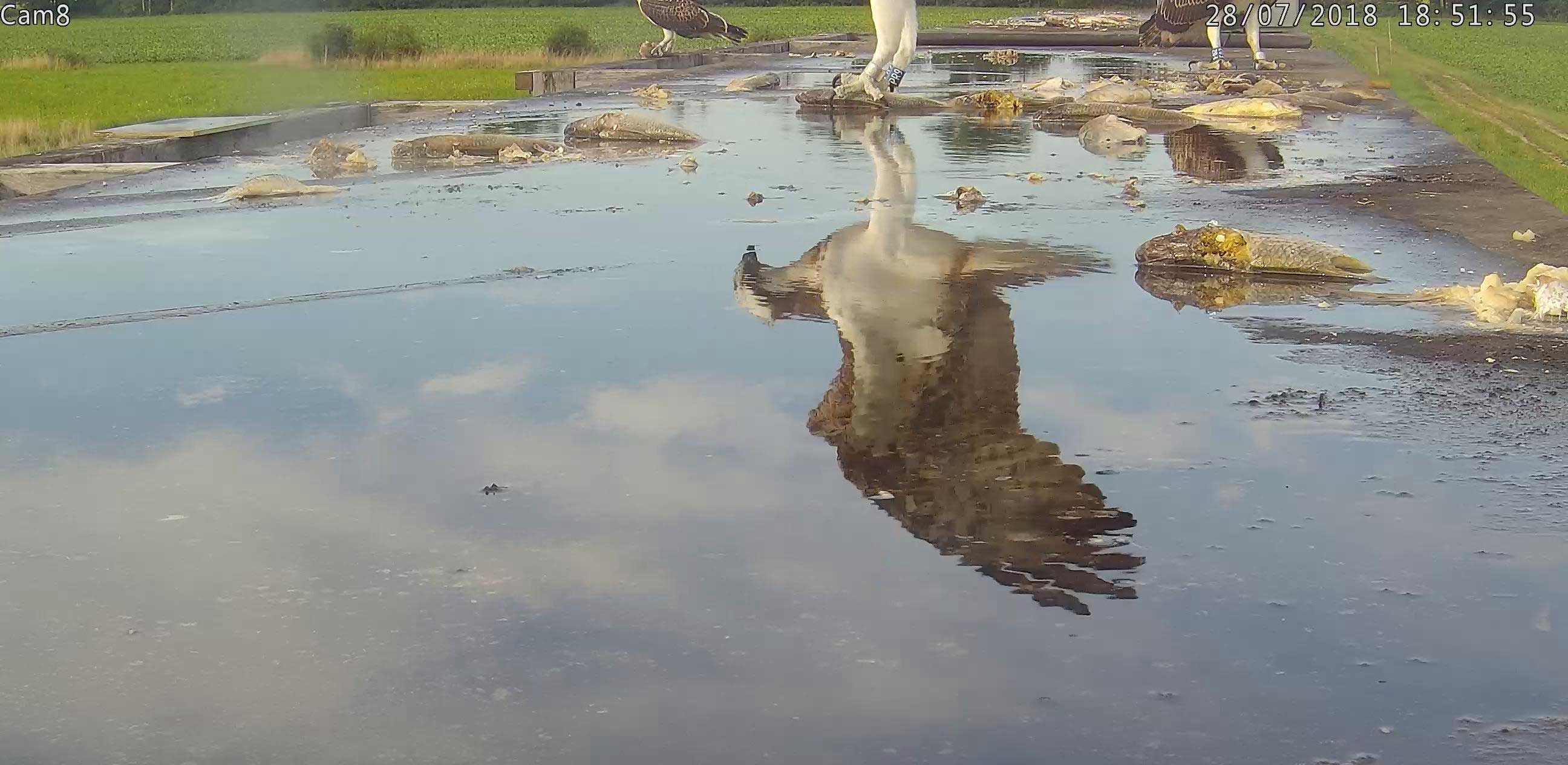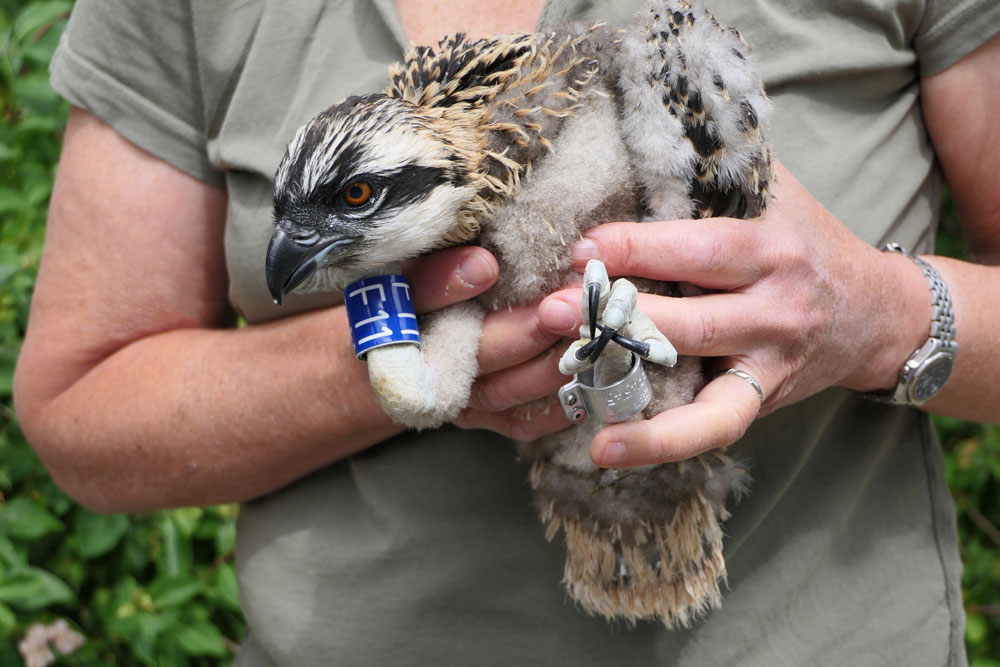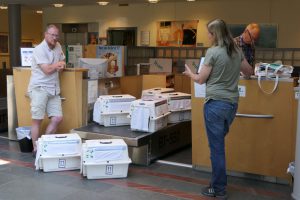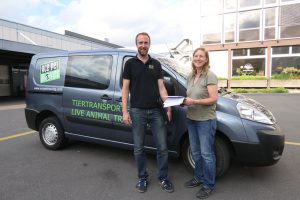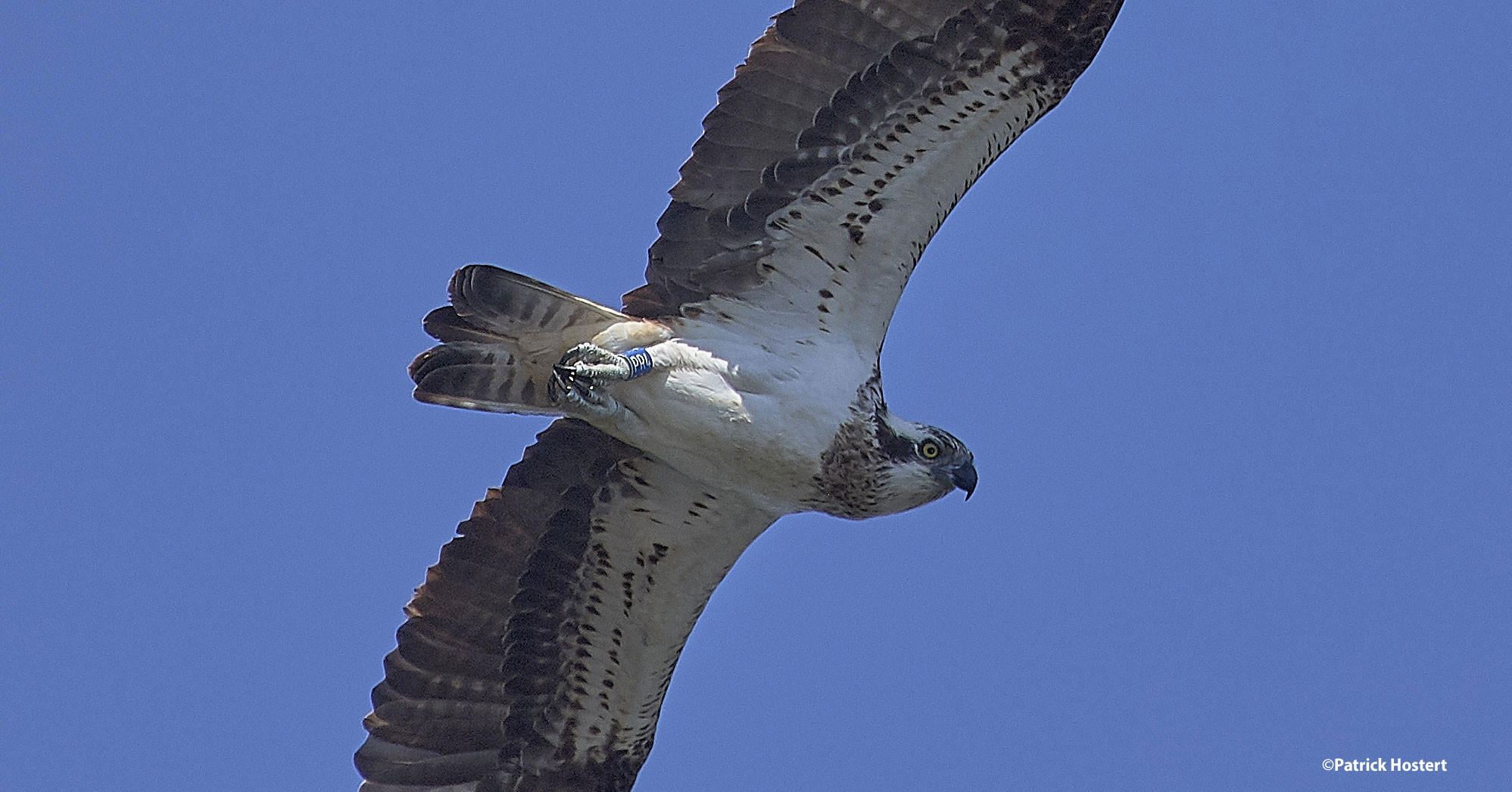Once again our season went very well in 2018, thanks to all the people who worked very hard to ensure the success of our fourth year of reintroducing Osprey to Switzerland. In particular we thank the volunteers who spent at least two weeks of their precious time in the field at Bellechasse: Nadjiba Bendjedda, Gérald & Terry Berney, Roxanne Bolomey, Solange Chuat-Clottu, Philippe Evard, Johnny Kursner, Pierre-Luc Pahud, Torsten Redies, Virginie Trieu and Marièle Zufferey.
A big thank you as well to the other colleagues and supporters providing crucial expertise for the project: Mario Firla, Holger Gabriel and Daniel Schmidt from Germany; Rune Aae and his family in Norway; our two Osprey technicians Amélie Bierna and Andreia Dias, as well as Emmanuel Carino. Without forgetting of course Michel Beaud and Pascal Rapin, totally committed as ever to all aspects of the project, and on the Project Steering Group with Denis Landenbergue and Wendy Strahm; and all the other enthusiasts who in one way or another have helped us this year: Adrian Aebischer, Emile Curty, Christelle Mugny, Christine Rast, Pascal Schöpfer and our climbing team Christian and Pascal Grand, Henri Vigneau, and Yann Marbach.
All our thanks as well to the professional fishermen who again this year regularly provided fresh fish for our birds : Pierre Schär & familly, Henri Christinat & family at the lake of Morat, and Claude Delley at the lake of Neuchâtel. Finally, special acknowledgement goes to the Bellechasse Penitentiary and all of their staff, as well as to all the private and institutional donors to the project. Click on the photo gallery for some nice souvenirs of the 2018 team (although a few esteemed members unfortunately slipped through the cracks – we will try to do better next year)!

